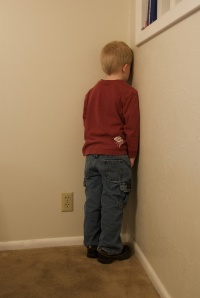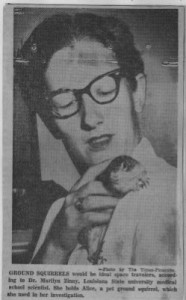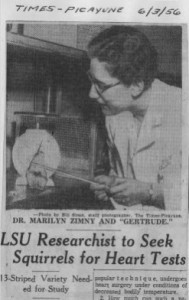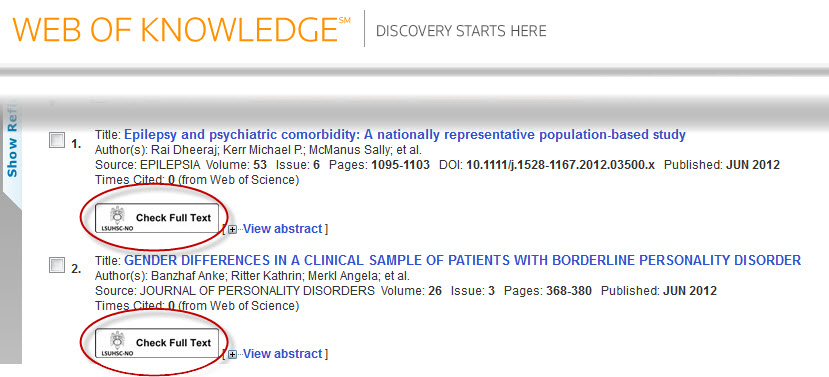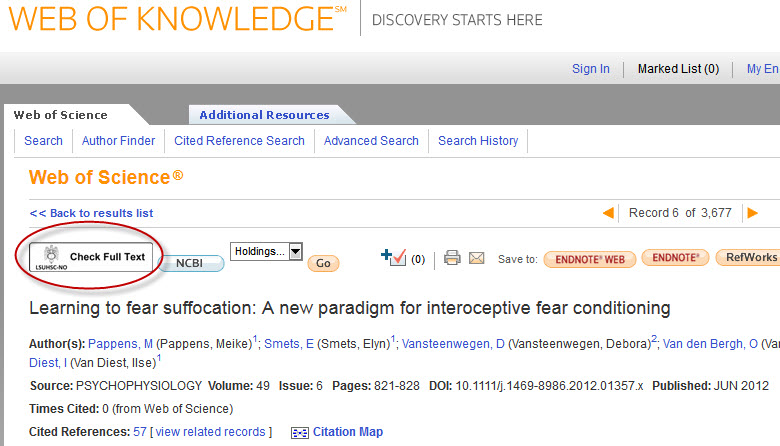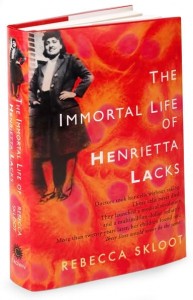The Library has placed the latest round of featured faculty publications on display for the month of July. Eight recent articles authored by LSUHSC-NO researchers have been added to the display in the LibraryÔÇÖs Reference area (near the Library elevator) on the third floor of the Resource Center Building. These items are also part of the LibraryÔÇÖs Faculty Publications Database.
The Faculty Publications Database includes publications authored by at least one member of the LSUHSC-New Orleans faculty, 1998 ÔÇô present. Access to this database is available to the public. The database is linked from the Library web page?áhere. This page includes a handy link to a?áPDF?áof the monthly bibliography of display articles. To add your faculty publications, or for questions about this database, contact?áKathy Kerdolff.
LSUHSC-NO authors are shown in bold print:
1.?áAtkinson E, Miklowski M, Lopez F, Klibert D. ÔÇ£Clinical Case of the Month: A 23-Year-Old Man with Fever and Malaise.ÔÇØ Journal of the Louisiana State Medical Society. 2012; 164(3): 164-175.
2.?áCrombet O, Lastrapes K, Zieske A, Morales-Arias J. “Complete morphologic and molecular remission after introduction of dasatinib in the treatment of a pediatric patient with t-cell acute lymphoblastic leukemia and ABL1 amplification.” Pediatric Blood & Cancer. 2012; 59(2): 333-334.
3.?áHomer MA, Rubin SS, Horowitz TD, Richter E. “Linguistic testing during ON/OFF states of electrical stimulation in the associative portion of the subthalamic nucleus.” Neuromodulation. 2012; 15(3): 238-245.
4.?áLanson NA, Pandey UB. “FUS-related proteinopathies: Lessons from animal models.” Brain Research. 2012; 1462: 44-60.
5.?áLarzelere MM, Williams DE. “Promoting smoking cessation.” American Family Physician. 2012; 85(6): 591-598.
6.?áGoldstein BD, Osofsky HJ, Lichtveld MY. “Current concepts: The gulf oil spill.” New England Journal of Medicine. 2011; 364(14): 1334-1348.
7.?áOsofsky HJ, Osofsky JD, Hansel TC. “Deepwater Horizon Oil Spill: Mental Health Effects on Residents in Heavily Affected Areas.” Disaster Medicine & Public Health Preparedness. 2011; 5(4): 280-286.
Also Featured This Month: LSUHSC-NO Participants in the 35th Annual Scientific Meeting of the Research Society on Alcoholism, June 23-27ÔÇöSan Francisco, California. Published in Alcoholism: Clinical & Experimental Research. 2012; 36(s1): 1A-398A.

 myLSUHSC
myLSUHSC



